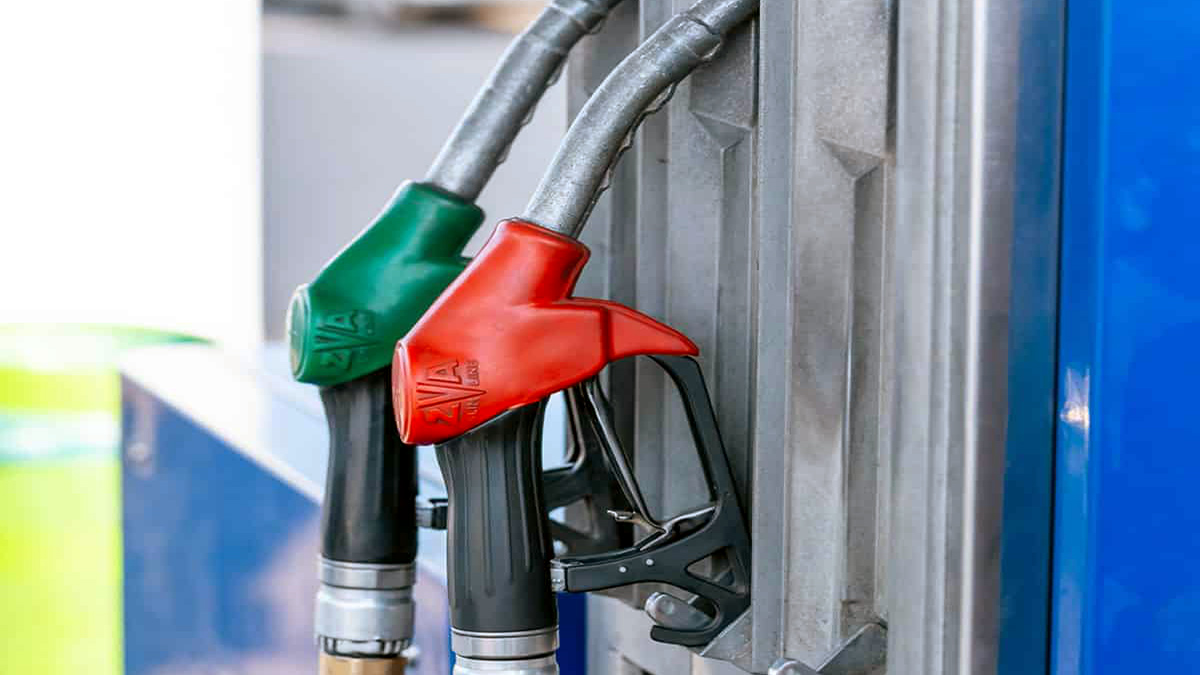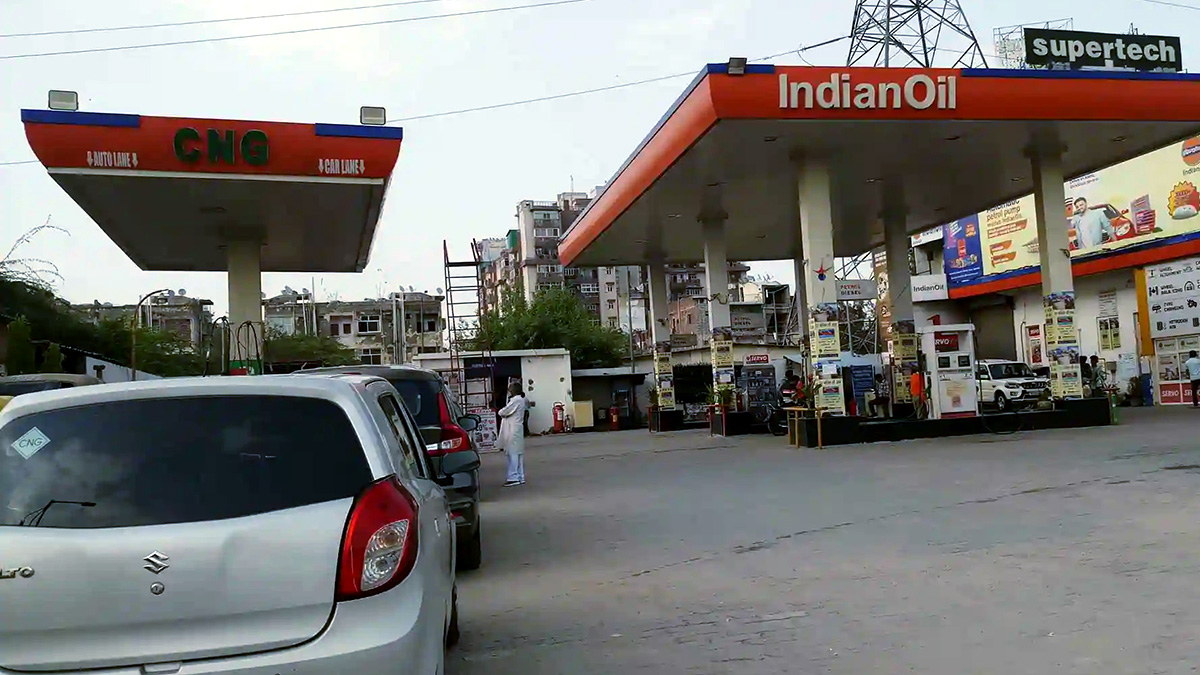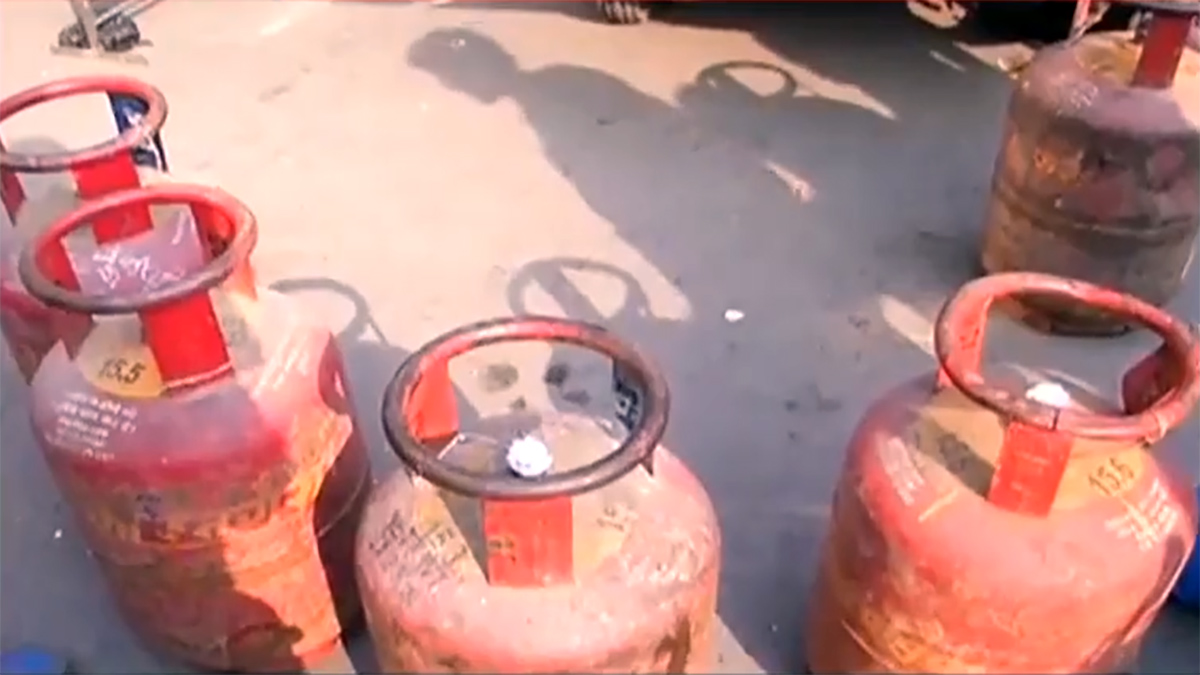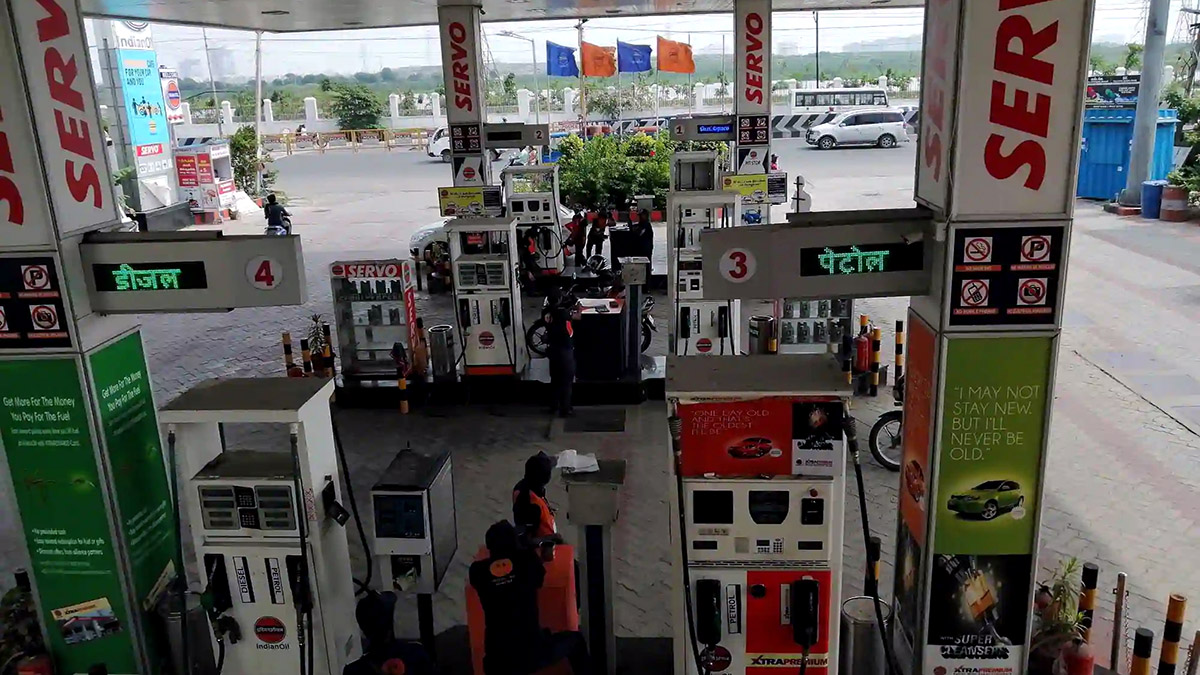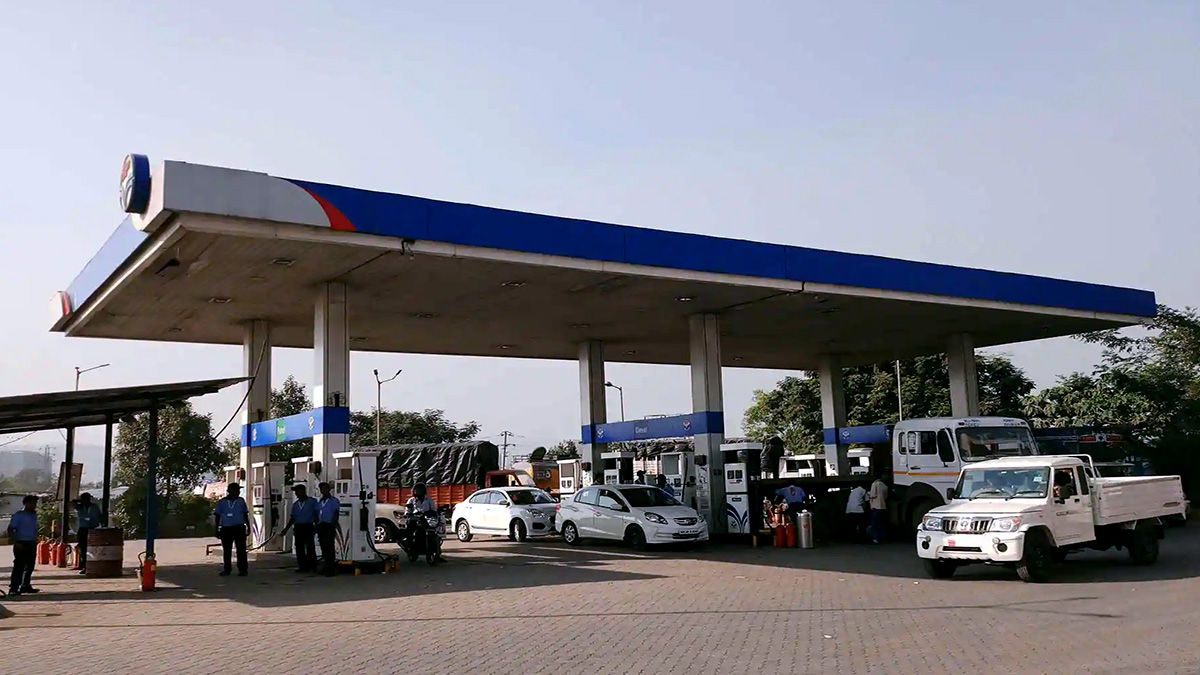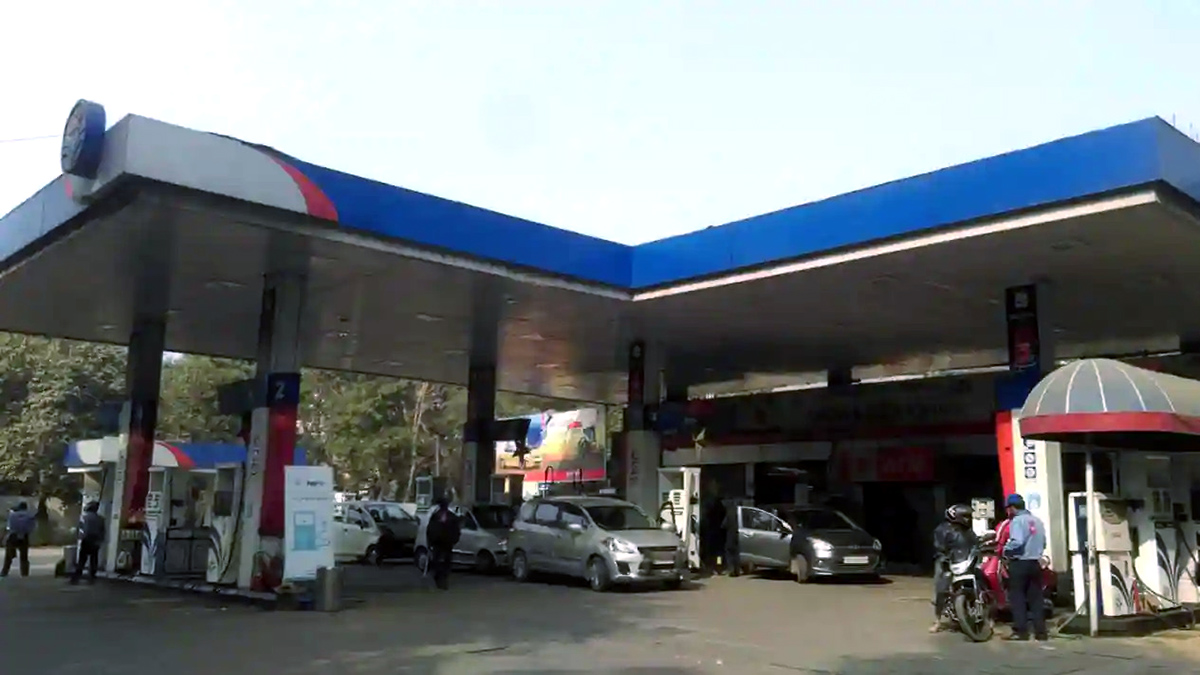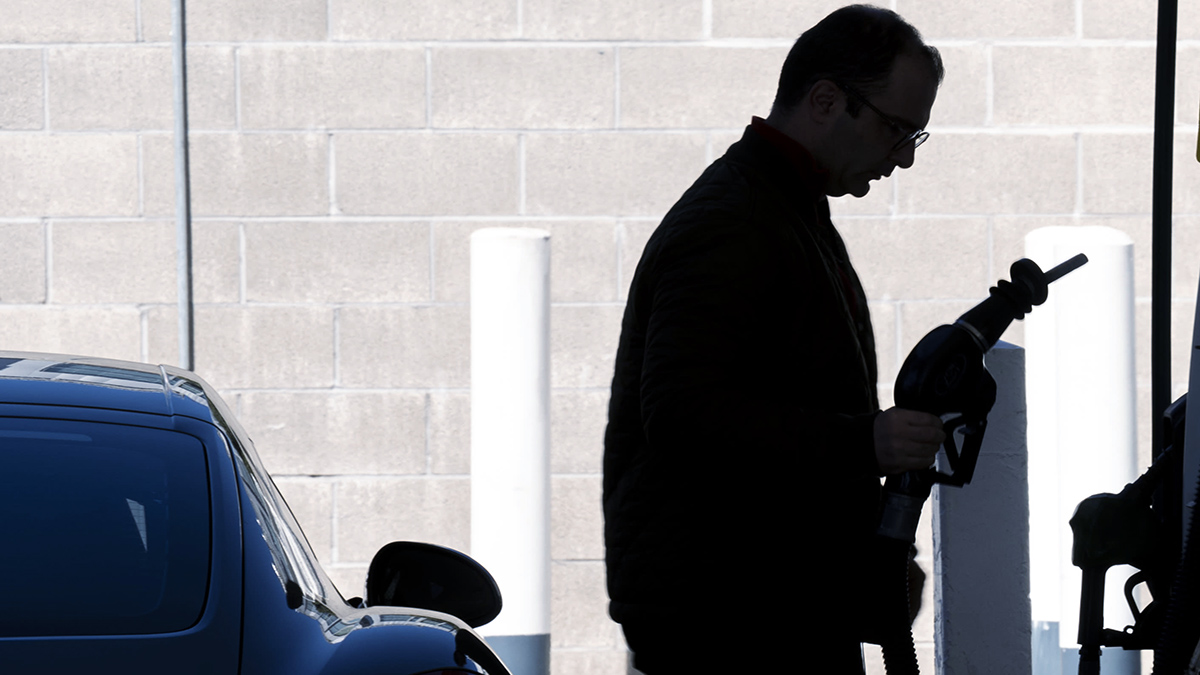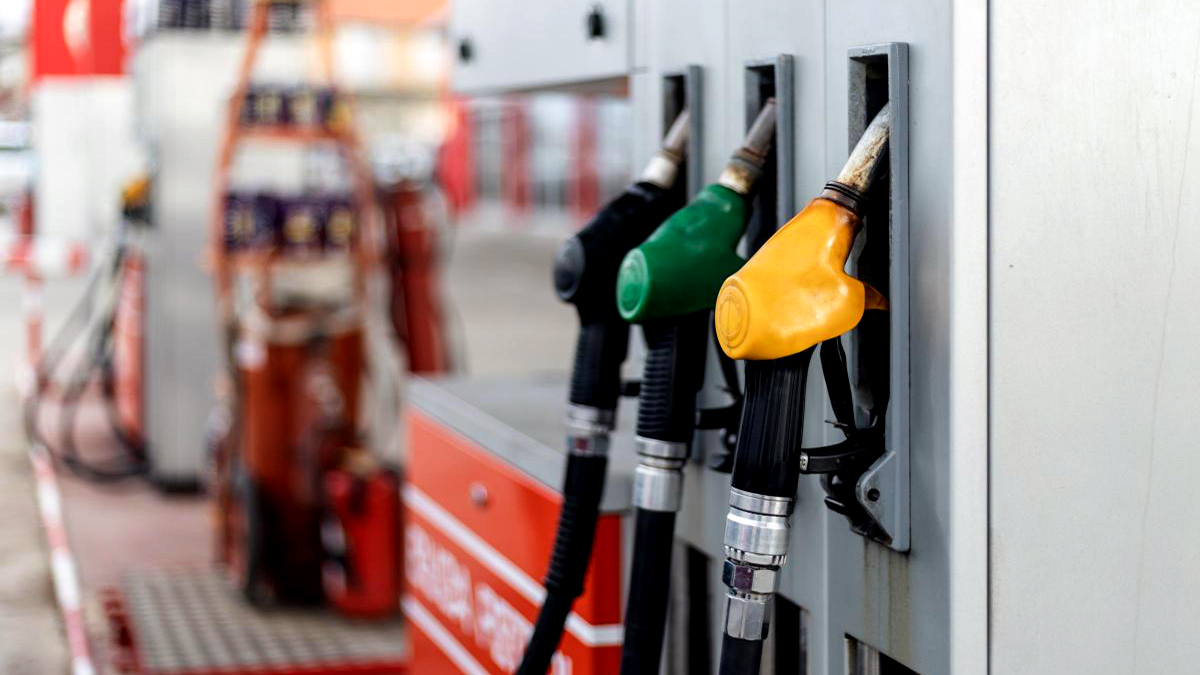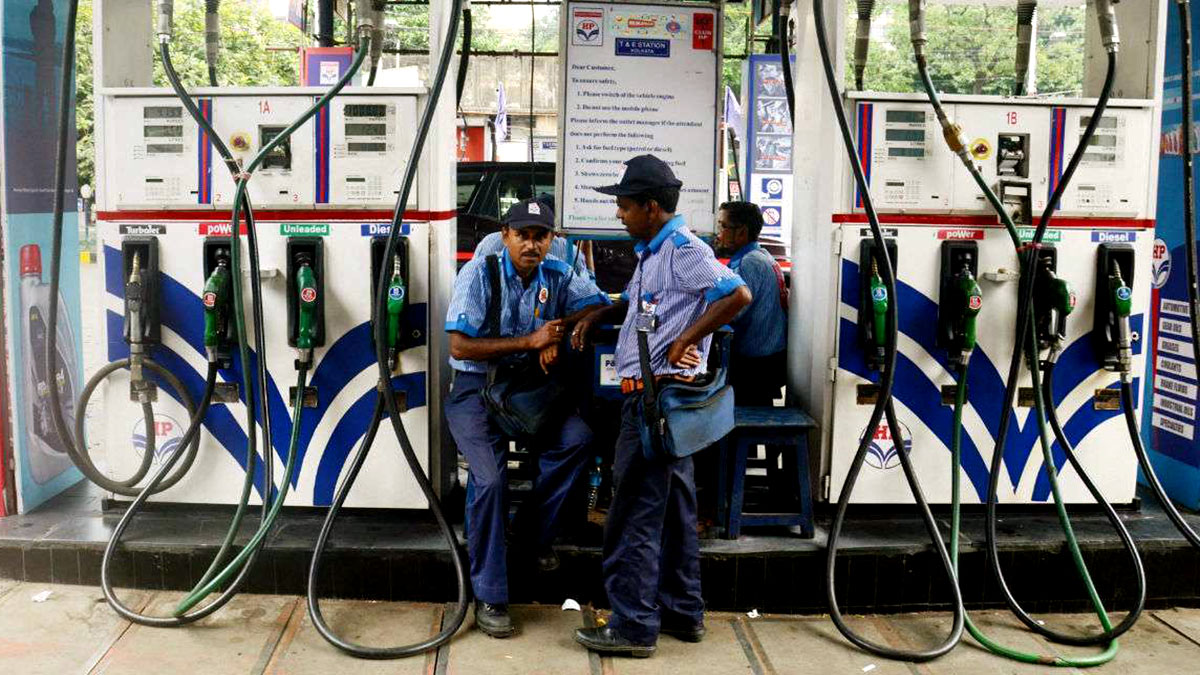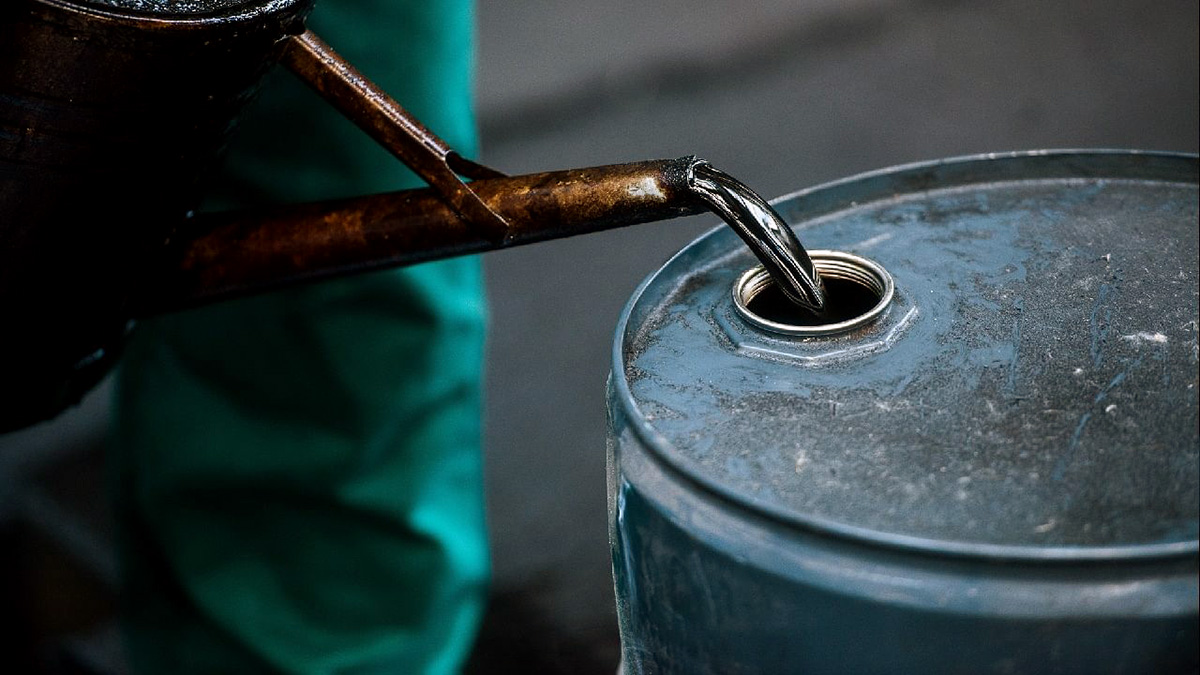Petrol and diesel prices were on Tuesday hiked by 80 paise a litre each while domestic cooking gas LPG rates were increased by ₹50 per cylinder as state oil firms ended an over four-and-a-half-month election-related hiatus in rate revision.
Petrol in Delhi will now cost ₹96.21 per litre as against ₹95.41 previously while diesel rates have gone up from ₹86.67 per litre to ₹87.47, according to a price notification of state-owned fuel retailers.
In Mumbai, the petrol price has been hiked by ₹0.84 per litre to ₹110.82 per litre, and diesel by ₹0.86 to ₹95 per litre.
The rates, which differ from state to state depending on the incidence of local taxes such as VAT, are likely to continue to rise over the next few days as state oil firms recoup losses from keeping prices on hold for a record 137 days.
According to CRISIL Research, a hike of ₹15-20 per litre is required to fully pass through a $30 per barrel increase in the cost of raw material (crude oil).
Simultaneously, the price of non-subsidised LPG cylinders has been increased to ₹949.50 per 14.2-kg bottle in the national capital and Mumbai, and to ₹976 in Kolkata.
While LPG rates were last revised on October 6, 2021, petrol and diesel prices had been on a freeze since November 4 as five states, including Uttar Pradesh and Punjab, went to the polls.
LPG prices had gone up by close to ₹100 per cylinder between July and October 6, 2021, before criticism halted the monthly revision in rates.
Non-subsidised cooking gas is the one that consumers buy after exhausting their quota of 12 cylinders at subsidised or below market price. However, the government pays no subsidy on LPG in most cities and the price of the refill that consumers, including the poor women who got free connection under the much-talked Ujjwala scheme, buy is the same as non-subsidised or market price LPG.
This is the highest rate ever that subsidised LPG users will pay. The non-subsidised rate had peaked at ₹1,241 in January 2014, but at that time, the government provided as much as ₹600 per cylinder subsidy.
Since May 2020, no subsidy has not been provided to consumers except some to those in far-flung areas to make up for higher inland freight.
The resumption of fuel price hikes has fanned concerns of stoking inflation, which is already above the targeted 6% level.
Opposition parties were quick to attack the government on the price rise, with Congress, TMC and Left parties forcing two adjournments of proceedings in the Rajya Sabha.
Congress leader Rahul Gandhi said the ‘lockdown’ on fuel price revision has been removed. “Ask the Prime Minister about the inflation epidemic (and) he will say #ThaliBajao”.
“Congratulations to PM Modiji for achieving his ‘target’ of ₹1,000 per LPG cylinder in most parts of the country. There will now be daily ‘Vikas’ in petrol and diesel prices as well. The only affordable things under Modi Govt are communalism & Hatred. Everything else is expensive,” Leader of the Opposition in the Upper House Mallikarjun Kharge said in a tweet.
Slamming the price hikes, Samajwadi Party president Akhilesh Yadav said: “Another gift of inflation from the BJP government for the public. LPG cylinder in Lucknow is close to ₹1,000 and in Patna above ₹1,000! Elections over, inflation begins”.
TMC’s Saket Gokhale said with dealer commissions and GST, a cylinder now costs ₹1,000. “Kerosene prices doubled in just 10 days. When asked in Parliament, government is flustered. In India, hate films are tax-free while hunger of poor is taxed”.
Both LPG and auto fuel prices had been on a freeze despite the cost of raw material spiralling, first because of demand returning with economies globally – rebounding from the pandemic-induced slowdown, and then due to the Russia-Ukraine crisis.
A 5 KG LPG cylinder will now cost ₹349, while the 10 kg composite bottle will come for ₹669.
The 19-kg commercial cylinder now costs ₹2,003.50.
Since June 2017, petrol prices are to be adjusted daily in line with the benchmark international rate in the preceding 15 days. But rates have been on the freeze since November 4, 2021, just after the Modi government cut excise duty on petrol by ₹5 per litre and that on diesel by ₹10 a litre to bring down rates from record-high levels. Most state governments too lowered local sales tax or VAT.
Before these tax reductions, petrol price had touched an all-time high of ₹110.04 a litre, and diesel came for ₹98.42. These rates corresponded to Brent soaring to a peak of $86.40 per barrel on October 26, 2021. Brent was at $82.74 on November 5, 2021, before it started to fall and touched $68.87 a barrel in December.
International oil prices started rising again this year and jumped to a 14-year high of $140 per barrel earlier this month. Brent was trading at $118.59 per barrel on Tuesday.
To compound things, the Indian rupee tumbled against the US dollar, making imports costlier.
India relies on overseas purchases to meet about 85% of its oil requirement, making it one of the most vulnerable in Asia to higher oil prices.


